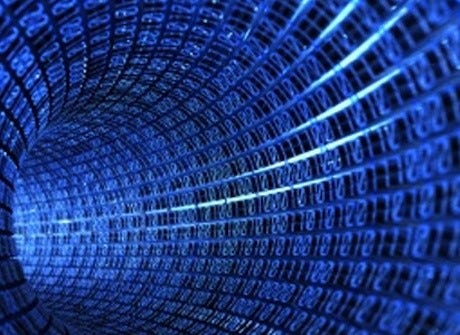Number System Conversions - How to Teach it Quick
Ever wondered how we know what the 0s and 1s we see on the television actually mean? If you have, look no further. This article is going to break down how we can actually find out what these mysterious 1s and 0s actually mean.
There are four number systems that are taught:
Denary
Binary
Hexadecimal
Octal
We will go over how to convert each.
Conversion from Denary to Binary and Back Again
Denary is base 10. Binary on the other hand is base 2.
There are two ways in which we can convert from denary to binary. We have the repeated division method. When divided by two, any decimal number leaves a reminder of 0 or 1. Consequently, repeated division by 2 results in a string of 0s and 1s which is the binary equal to the decimal number. Let us look at an example:
153
(153)/2 = 76 1
(76)/2 = 38 0
(38)/2 = 19 0
(19)/2 = 9 1
(9)/2 = 4 1
(4)/2 = 2 0
(2)/2 = 1 0
(1)/2 = 0 1
The answer will be 10011001
Another way of converting denary to binary is through the weighted method.
Let us do 153 into binary using the weighted method.
128 64 32 16 8 4 2 1
1 0 0 1 1 0 0 1
…so:
153 = 10011001
What if we want to get it back to denary? Easy. We have 10011001, which we want to convert to denary. We write out the table
128 64 32 16 8 4 2 1
1 0 0 1 1 0 0 1
We will add all of the 1s together, which is 128 + 16 + 8 + 1 = 153 so 10011001 in denary is 153.
We are done. Which way is the best to teach? The weighted method is one method I would recommend purely for ease and speed of doing the working out. We can add, subtract and multiply binary numbers but this is something we can explore in another article.
Keep reading with a 7-day free trial
Subscribe to Daniel Bullen - Private Tutor and Writer to keep reading this post and get 7 days of free access to the full post archives.


